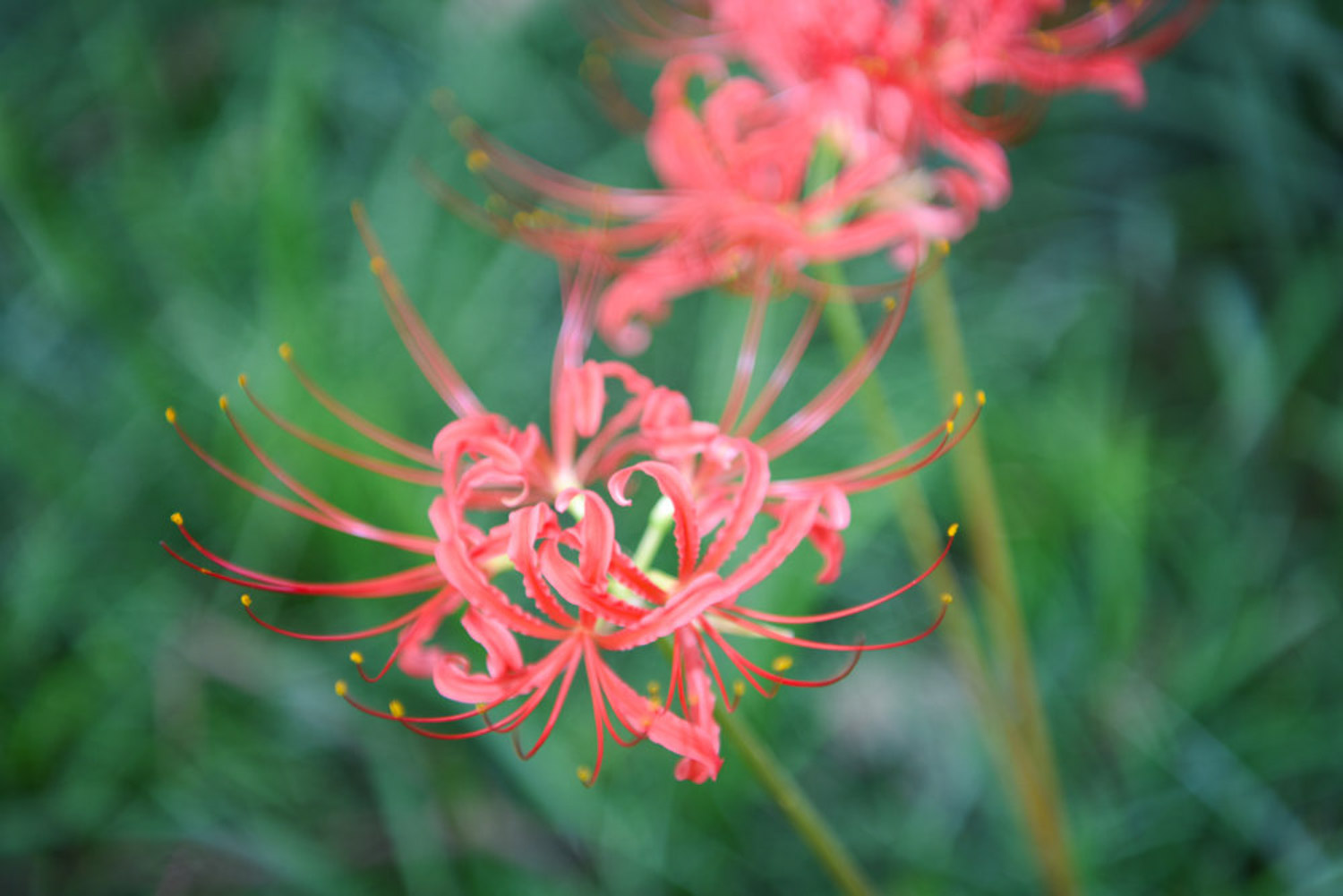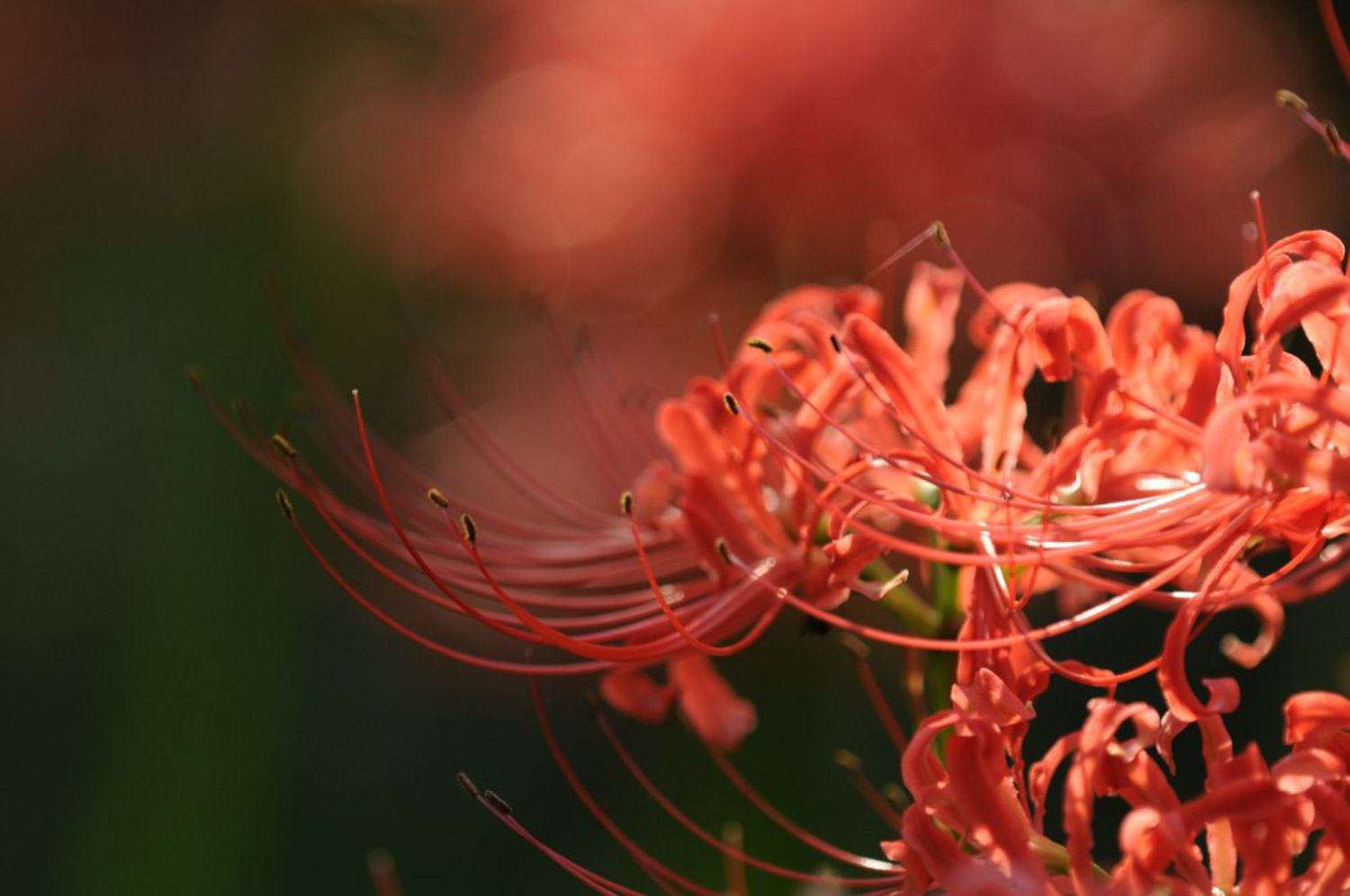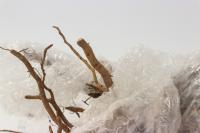1、 Breeding method
1. Soil quality: its maintenance environment needs moderate shade. The soil is required to be loose and fertile. It is best to choose sour soil with good drainage. For water management, it is required to keep the soil slightly wet under the maintenance environment and not too dry
2. Watering: according to the habit that the other shore flower likes slight acidity, the selected water quality can be natural rainwater or 3% acid solution for watering, which can not only improve the acidity of the soil, but also provide some nutrition. The flowers on the other side are wet and drought resistant. It seems that the soil can be slightly moist to the touch. Usually, watering is carried out once a day at 10 a.m. without ponding, otherwise the bulbs will rot
3. Temperature: in many parts of the north, the temperature is below zero in winter, but too low temperature will affect the normal growth of flowers on the other side, so you can move flowers on the other side indoors in winter, as long as you ensure that the growth environment of flowers on the other side is above 5 degrees
4. Light: it can grow on hillsides and roadsides without too much demand for sunshine
5. Fertilization: it generally absorbs nutrients from soil. If nutrient soil is used, fertilization is not required

2、 How to reproduce
1. Ball splitting method: breeding ball splitting method is the most convenient breeding method. Dig out the plant after flowering or dormancy, and plant the sub ball next to the female ball separately. It can bloom in about 1-2 years
2. Sowing method: because its seeds have no dormancy, they should be sown immediately after seed collection, and the radicle can be seen after 15 days at 20 ℃. In the natural environment, it takes about 4-5 years from sowing to flowering


 jackfruit
jackfruit snake plant
snake plant hibiscus
hibiscus hydrangea
hydrangea lavender
lavender Green roses climb al...
Green roses climb al... If you don't pay att...
If you don't pay att... Management of four g...
Management of four g...

































